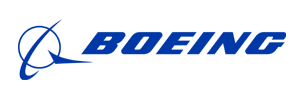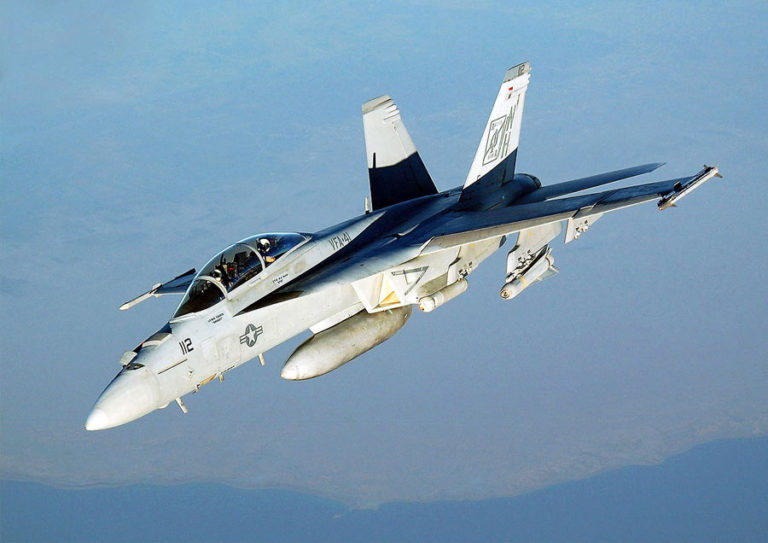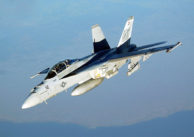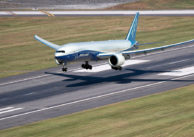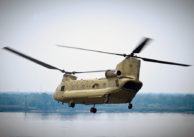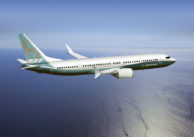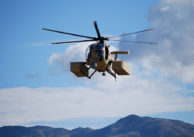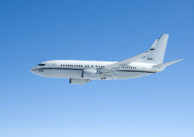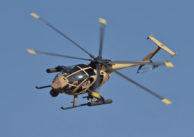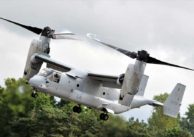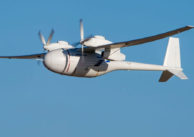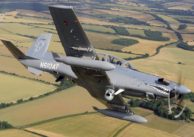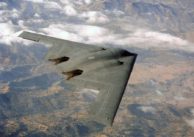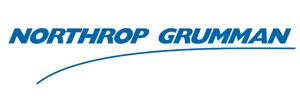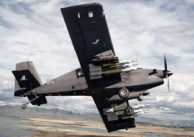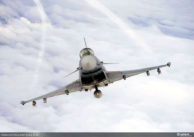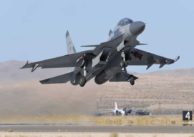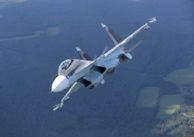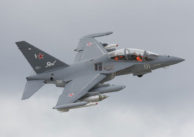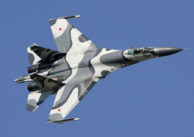Back
The F/A-18 Super Hornet is a twin-engine, supersonic, all weather multirol jet fighter that is capable of landin and taking off from an aircraft carrier.
The F/A-18 Super Hornet is a twin-engine, supersonic, all weather multirole fighter jet that is capable of landing and taking off from an aircraft carrier. Every Super Hornet has been delivered on cost and on schedule.
Boeing offers a suite of upgrades to the F/A-18 Super Hornet, including conformal fuel tanks, an enclosed weapons pod, an enhanced engine and a reduced radar signature. These capabilities, along with other advanced technologies, offer U.S. and international customers a menu of next-generation capabilities to outpace future threats affordably.
F/A-18 Super Hornet
The F/A-18 Super Hornet is a twin-engine, supersonic, all weather multirol jet fighter that is capable of landin and taking off from an aircraft carrier.
Built for Air Superiority
The F/A-18 Super Hornet is a twin-engine, supersonic, all weather multirole fighter jet that is capable of landing and taking off from an aircraft carrier. Every Super Hornet has been delivered on cost and on schedule.
Boeing offers a suite of upgrades to the F/A-18 Super Hornet, including conformal fuel tanks, an enclosed weapons pod, an enhanced engine and a reduced radar signature. These capabilities, along with other advanced technologies, offer U.S. and international customers a menu of next-generation capabilities to outpace future threats affordably.
Super Hornet Quick Facts
- Every Super Hornet has been delivered on cost and on schedule.
- The Super Hornet is the most cost-effective aircraft in the U.S. tactical aviation fleet, costing less per flight hour than any other tactical aircraft in U.S. forces inventory.
- The Commonwealth of Australia operates 24 Super Hornets. Boeing completed delivery, ahead of schedule, in Oct. 2011.
- In August 2013, Boeing and Northrop Grumman conducted flight tests with a prototype of an Advanced Super Hornet with conformal fuel tanks, an enclosed weapons pod and signature enhancements. The successful flights proved the Super Hornet can outpace threats through 2040.
- The first successful flight of the Infrared Search and Track sensor system was in Feb. 2014, and the U.S. Navy approved IRST for low-rate initial production in Jan. 2015.

